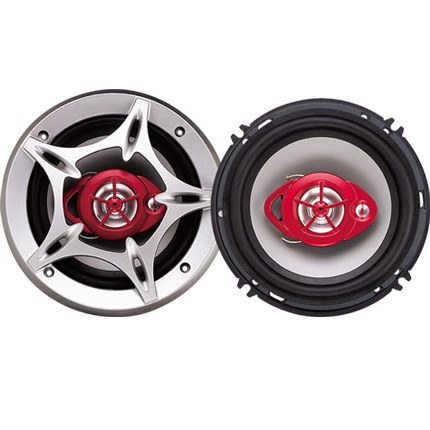gear link cable
The Importance of Gear Link Cables in Automotive Engineering
In the intricate world of automotive engineering, every component plays a crucial role in ensuring optimal performance and functionality of a vehicle. Among these components, gear link cables hold significant importance. These cables are pivotal for ensuring smooth gear transitions, aiding drivers in achieving the desired performance while driving. This article delves into the importance of gear link cables, their functioning, and the implications of their failure in modern vehicles.
Understanding Gear Link Cables
Gear link cables are essentially flexible wire ropes that connect the gear lever to the transmission. Their primary role is to transfer the movement from the gear stick in the cabin to the gearbox located at the vehicle's base. This mechanical connection allows drivers to select gears seamlessly, whether in manual transmission systems or in some automated or semi-automated systems.
Typically constructed from high-strength materials, gear link cables are designed to withstand the forces exerted during gear changes. They must be both flexible to accommodate the movements of the gear stick and robust enough to handle the stresses involved in shifting. Additionally, the design of these cables must ensure minimal friction to facilitate smooth gear changes.
Functionality of Gear Link Cables
The functionality of gear link cables goes beyond just a simple connection. They play a vital role in the overall driving experience by ensuring precise shifting. When a driver moves the gear lever, the cable transmits this movement to the transmission, which then engages the appropriate gear. A well-functioning gear link cable results in quick and accurate shifts, crucial for performance driving or in situations requiring rapid acceleration.
gear link cable

Moreover, many modern vehicles incorporate adaptive driving technologies that rely on highly responsive gear shifts. In such systems, the precision of the gear link cable becomes critical. Any delay or miscommunication in the shift can lead to sub-optimal performance, potentially compromising the safety and drivability of the vehicle.
Implications of Gear Link Cable Failure
The failure of a gear link cable can lead to significant issues for any driver. When a cable breaks or becomes detached, the driver may lose the ability to shift gears altogether, rendering the vehicle immobile. Such a situation not only poses safety risks but can also lead to costly repairs.
Symptoms of failing gear link cables might include difficulty in changing gears, unexpected gear disengagement, or unusual noises coming from the transmission area. Regular maintenance and inspection of these cables are essential to prevent unexpected failures.
In recent years, advancements in materials and technology have enabled manufacturers to improve the durability and reliability of gear link cables. Innovations such as the incorporation of synthetic coatings and advanced polymers have resulted in cables that are less prone to wear and tear.
Conclusion
Gear link cables may often be overlooked in the discussion of automotive engineering, yet they are a fundamental component that greatly affects vehicle performance and safety. Understanding their importance can help drivers appreciate the engineering marvels within their vehicles. Regular maintenance checks, coupled with advancements in technology, are crucial for ensuring that these cables function effectively, allowing for a safe and enjoyable driving experience. As vehicles continue to evolve, the role of gear link cables will remain a vital area of focus for both manufacturers and consumers alike, emphasizing their ongoing relevance in the automotive landscape.
-
Upgrade Your Control with Premium Throttle CablesNewsAug.08,2025
-
Stay in Control with Premium Hand Brake CablesNewsAug.08,2025
-
Experience Unmatched Performance with Our Clutch HosesNewsAug.08,2025
-
Ensure Safety and Reliability with Premium Handbrake CablesNewsAug.08,2025
-
Enhance Your Vehicle with High-Performance Clutch LinesNewsAug.08,2025
-
Elevate Your Ride with Premium Gear CablesNewsAug.08,2025
